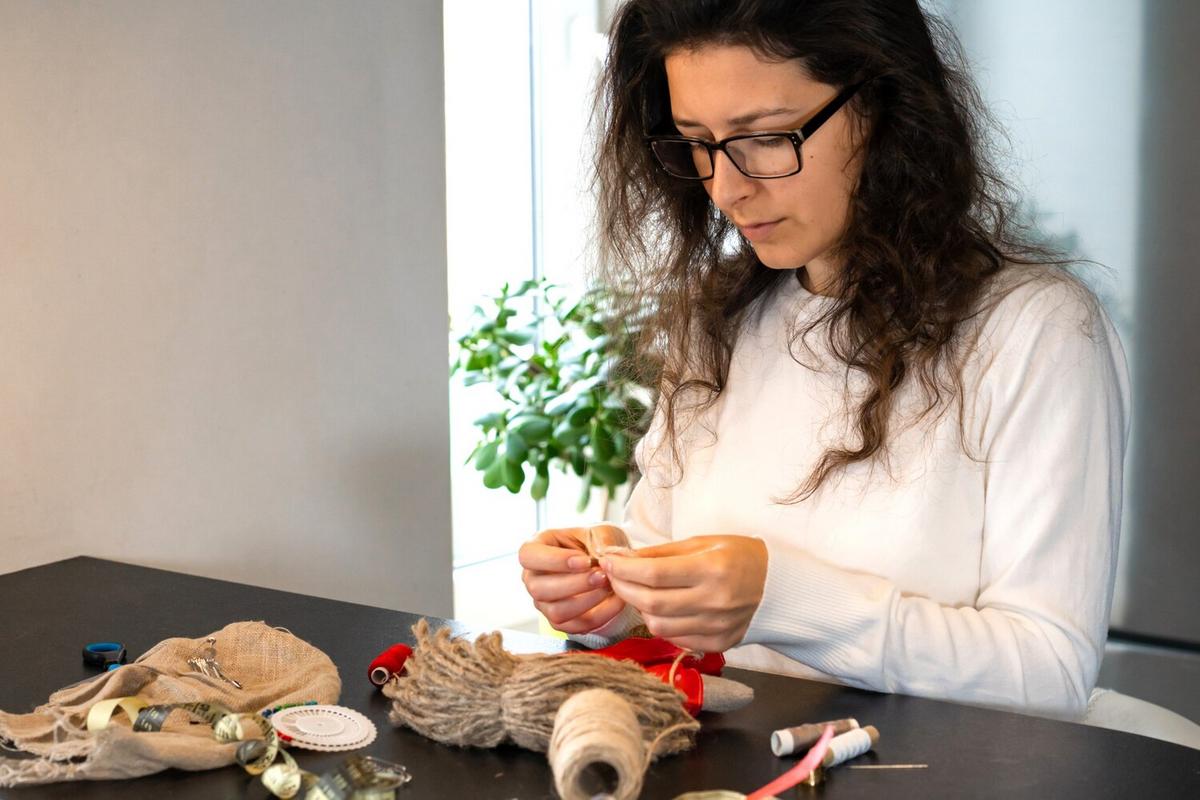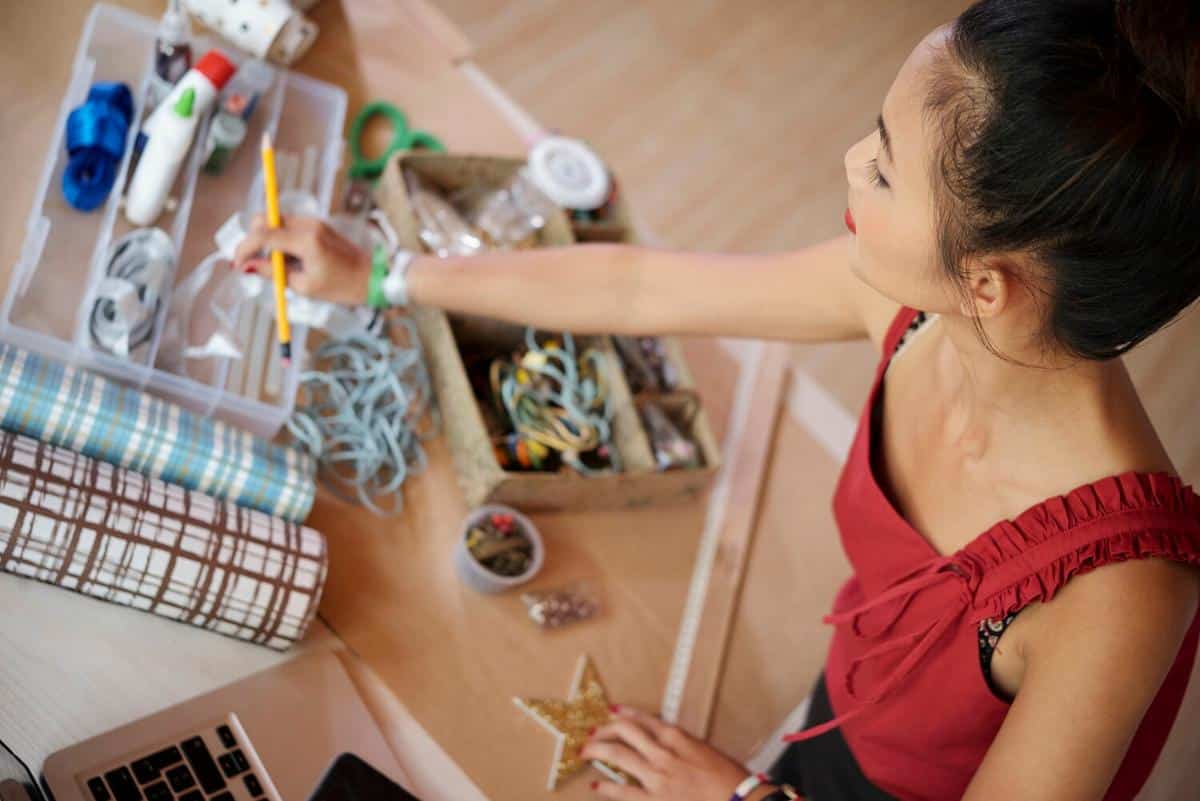
Watercolor Painting: A Beginner’s Guide to this Soothing Hobby
Watercolor painting, with its gentle strokes and calming hues, is a hobby that invites creativity and relaxation. It’s a medium that allows beginners to explore the world of art without feeling overwhelmed, making it an ideal choice for those looking to unwind while expressing themselves artistically.
Diving into the world of watercolor painting can be both exciting and soothing. This art form is cherished for its fluidity and the way colors blend seamlessly on the canvas. Whether you’re a complete novice or someone looking to refine your skills, watercolor painting offers endless opportunities for creative expression.
Why Watercolor Painting?
Watercolor painting is celebrated for its versatility and the calming effect it has on artists. According to art therapist and author Cathy Malchiodi, engaging in creative activities like painting can significantly reduce stress levels and promote mental well-being. The American Art Therapy Association also highlights that art-making supports emotional resilience and can enhance one’s overall quality of life.
Getting Started: Essential Supplies
Before you begin, gathering the right supplies is crucial. Here’s a basic list to get you started:
- Watercolor Paints: Choose a set of quality paints that offer a range of colors.
- Brushes: A variety of brushes, including round and flat, will give you more flexibility.
- Paper: Opt for thick, textured watercolor paper that can handle the water and paint.
- Palette: Use a palette for mixing colors.
- Water Jars: Keep two jars handy—one for rinsing brushes and another for clean water.
- Pencil and Eraser: For sketching your design before painting.
Understanding Techniques
Watercolor offers a range of techniques to explore. Here are a few to try:
| Technique | Description |
|---|---|
| Wet-on-Wet | Apply paint on wet paper for a soft, diffused look. |
| Wet-on-Dry | Paint on dry paper for more defined edges. |
| Glazing | Layer transparent washes to build depth. |
| Dry Brush | Use a dry brush for textured effects. |
| Salt Texture | Add salt to wet paint for a granular texture. |
| Masking | Use masking fluid to preserve whites and highlights. |
| Gradient Wash | Create a gradient by varying the amount of water. |
| Splattering | Flick paint for a random, organic effect. |
Tips for Beginners
Starting with watercolor doesn’t have to be daunting. Here are some actionable tips:
- Begin with simple sketches and gradually move to more complex designs.
- Experiment with different techniques to find your unique style.
- Don’t be afraid of making mistakes; they often lead to creative breakthroughs.
Finding Inspiration
Inspiration can be found everywhere—from the colors of a sunset to the patterns of leaves. Joining online communities or local art clubs can also provide motivation and support. Websites like Skillshare and Creativebug offer numerous courses to help you learn and grow.
Frequently Asked Questions
How long does it take to learn watercolor painting?
The time it takes varies for each individual. Consistent practice can help you improve over weeks or months.
Can I use regular paper for watercolor painting?
It’s recommended to use watercolor paper as it is specially designed to absorb water without warping.
What is the best way to preserve my watercolor paintings?
Store paintings in a dry, flat place and consider using a fixative spray for added protection.
Conclusion
Watercolor painting is more than just a hobby; it’s a journey of self-discovery and relaxation. By starting with the right tools and techniques, you can unlock a world of creativity and peace. So pick up those brushes, let your imagination flow, and enjoy the therapeutic benefits of watercolor art.


